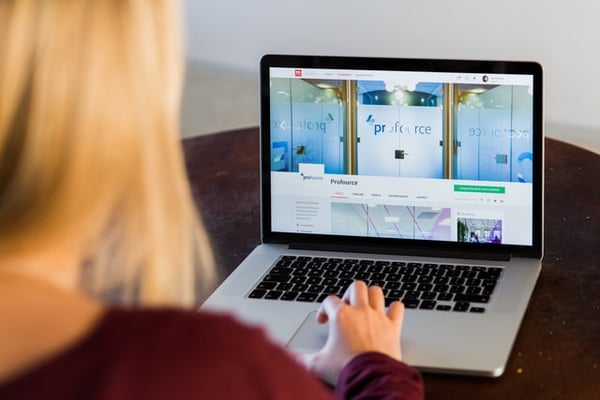Are Remote Students at a Disadvantage? Maybe You Can Help
by Amber Gunnels, on Mar 12, 2021 11:49:16 AM
Since 2020, K-12 schools across the country have added remote learning into classroom settings for students of all ages. Some teachers have continued to teach traditionally, while others have focused on hybrid or remote teaching strategies. Remote teaching and student learning have not won the popularity contest from many teachers and parents across the United States due to students’ learning disadvantages. A few of the disadvantages in remote learning have been the lack of student engagement and individualized help needed for student success. So is remote learning truly to blame for these common disadvantages; or is it the way our current schools are teaching remotely? It could be the latter, and here are some ways teachers and schools can fix this issue.

Be open for change
It can be difficult to open up to change, especially if things have been the same for many years. Traditional teaching is a strategy schools have been using for ages; and since the Covid-19 pandemic, schools have been rushing to figure out a plan to teach students from home. Some school district officials and teachers have cringed at the thought of students learning from home, rather than in the traditional classroom setting-- but is this truly a bad strategy? Remote learning is new and somewhat unknown, but that does not mean schools are in jeopardy. And yes, there may be a lot of kinks that need to be worked out with remote teaching; but that is also what happens anytime something new is created. The point is: Instead of focusing on “how it has always been done,” maybe schools need to focus on the phrase: “look at all the possibilities.”
Make lessons interactive
If students are working independently at home, the worst thing for a teacher to do is create only independent work for the students to complete. Why is independent work for remote students a bad idea? The answer is: Students are still learning how to be independent. Students in K-12 classrooms need someone to guide them to understand material and stay focused. Teachers can create interactive activities for remote learning by having students verbally speak and answer questions, share information, and collaborate together on projects. The more a teacher gets students actively participating and engaged, the better the remote learning outcome will be for students.
Communicate frequently
In a remote learning setting, teachers, parents, and students should communicate with one another on a weekly basis. Students should communicate with teachers about assignments, parents should communicate with their children and teachers about grades, and teachers should communicate with students and parents about assignments and student progress. With open and frequent communication, it will make everyone more informed for student success. What ways can communication be done? Communication can be done through video chats, emails, newsletters, mobile apps, phone calls, and in-person meetings.
Continue to learn
In order to stay current with new tools for remote learning it is prudent to continue to research online trends and attend professional development workshops. Remote learning is fast moving and ever changing, so it is important for teachers to know the latest and improved teaching strategies for continuous student success in the classroom setting.
- Photo by Magnet.me on Unsplash



